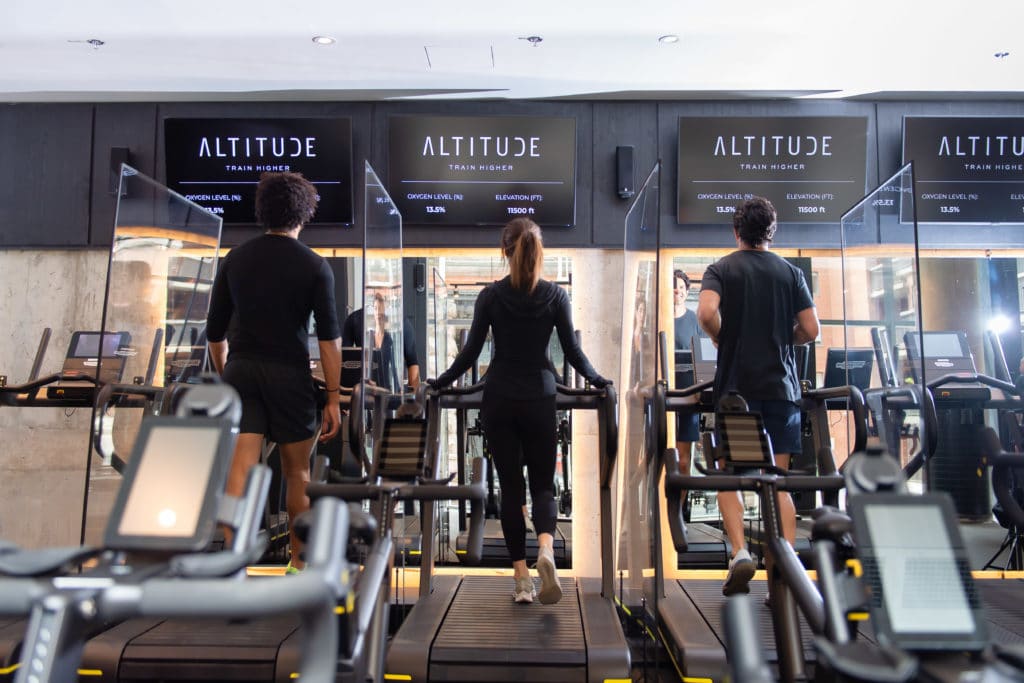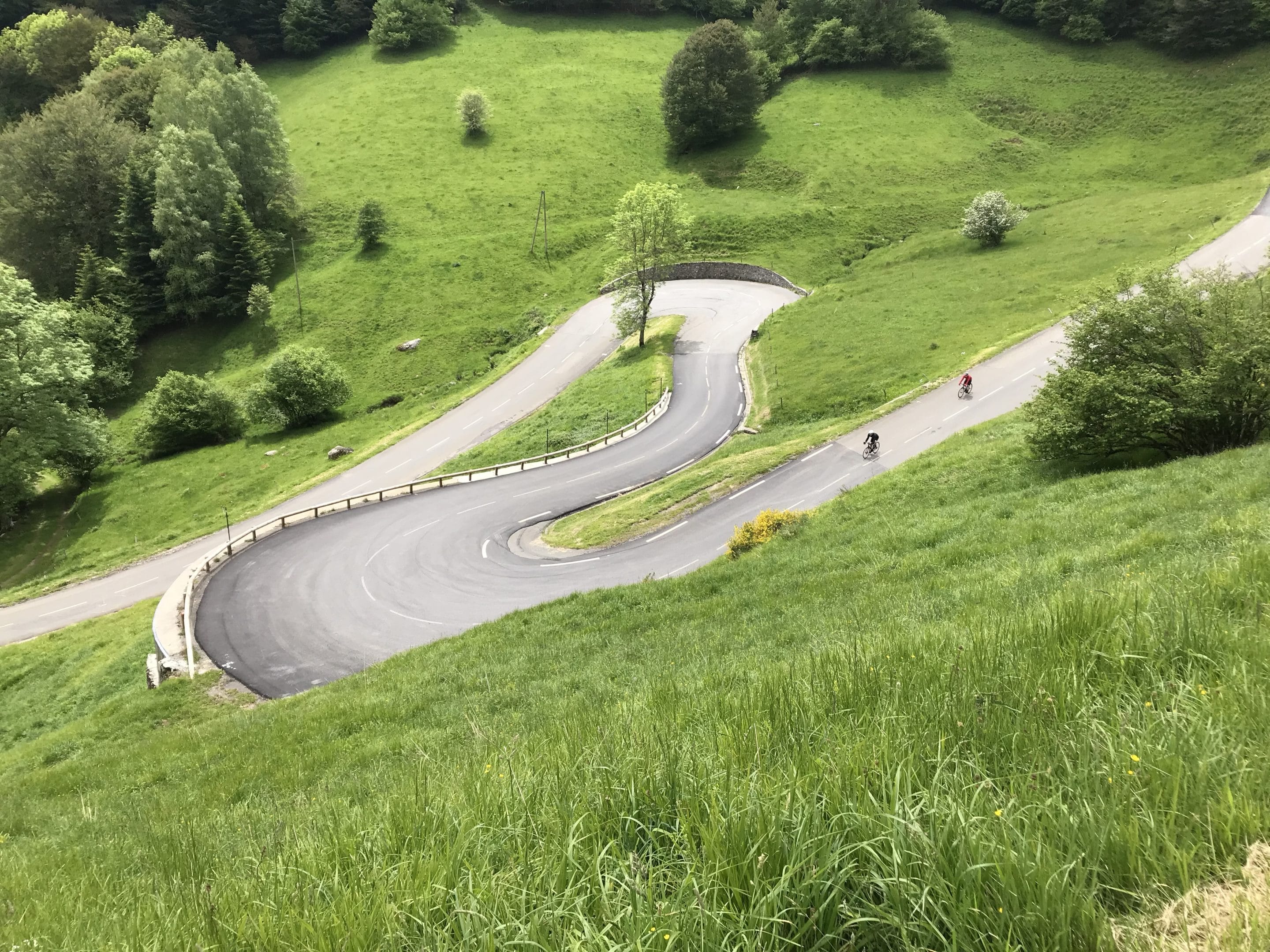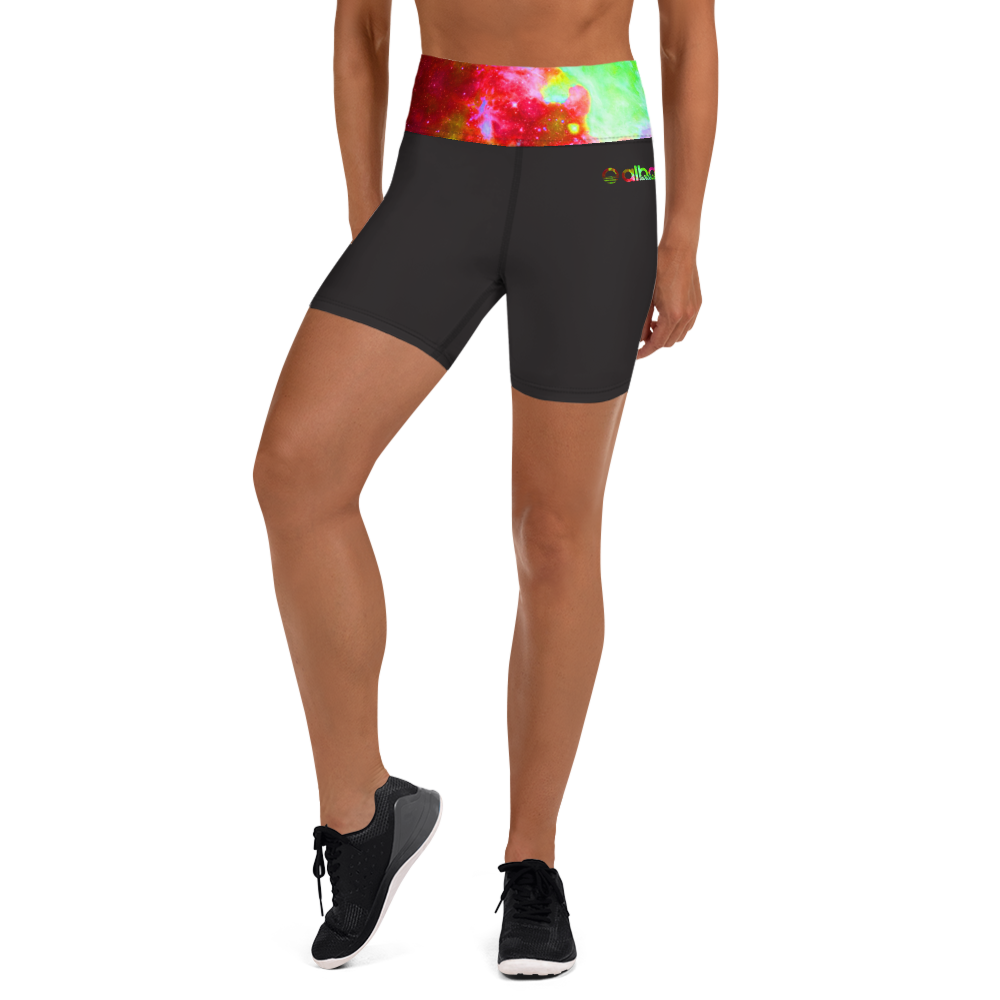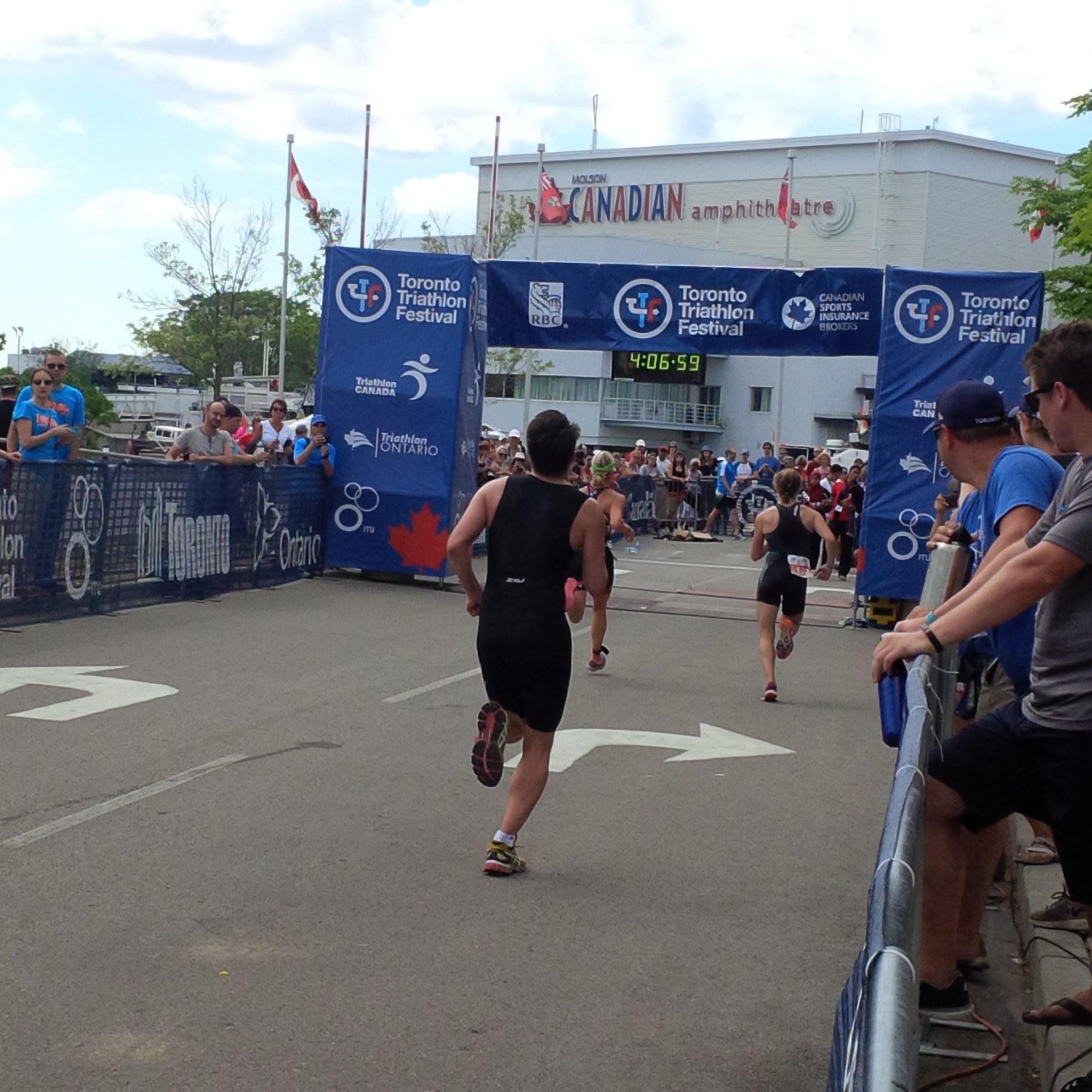High Altitude Training Camps – How much do they cost?
Elite runners will do blocks of training in high-altitude locations like Flagstaff, Arizona (2,106 m), Aspen, Colorado (2,438 m) or even all the way to the “Home of the Champions” in Iten, Kenya (2,400 m). Why go the distance to run at high elevations? To stimulate a process called erythropoiesis. Erythropoiesis is the process that produces red blood cells in the body, expanding oxygen carrying capacity and resulting in improved endurance, stamina and aerobic performance.
And the records show that altitude training does in fact work. According to Runner’s World, 95% of all medalists at the world championships and the Olympic Games since 1968 have either lived or trained at altitude.
Do you have to be an elite athlete to train at altitude? No! It’s a common misconception about altitude is that it’s only for elite athletes or people competing at altitude. But the benefits of altitude training can also be enjoyed and achieved by regular people and recreational runners looking to enhance oxygen transport/uptake for improved stamina and aerobic capacity.
THE PAIN POINTS
The struggle for us regular people (who live at sea-level and don’t have mountain just around the corner) isn’t whether or not altitude training can yield benefit. It is physically getting to altitude itself.
In most cases, these elite athletes have the time and support to head to elevation for a performance boost. But when it comes to those of us who aren’t quite professionals – but still take our training very seriously – we often don’t have that luxury. Most of us can only get away for a week or two at a time – which isn’t even enough to fully reap the benefits of a high altitude training experience (research says it takes about a month for physiological changes to occur).
Indeed, there is a lot of time and money involved when it comes to high altitude training camps. Whether it be as part of a structured high altitude training camp for runners, an individual, self-guided trip, or a practice expedition to prepare for an upcoming climb.
Since altitude training can be so beneficial for athletes of all levels, and this is something very desirable amongst the running and endurance athlete community, we wanted to get an idea of how much this kind of trip would cost. Check out what we learnt:
THE BREAKDOWN
*Note prices may vary throughout the year, these are based on Late Summer-Early Fall

Camp #1 – Running Mecca Boulder Summer Training Camp
- Location: Boulder, Colorado, USA.
- Elevation: Approximately 6,614 feet (2,015 meters).
- Duration: 7 days.
- Type of Training Camp: Trail Running Camp.
- What’s Included:
-
- Guided trail runs: 10 sessions.
- Long run: 1 session.
- Track workouts: 2 sessions.
- Airport transportation (pick-up and drop-offs).
- Lunch daily.
- One-on-one coaching by Olympic Runner and Head Coach Luis Orta, and support coach Hiruni Wijayaratne.
- Classroom sessions: Covering mobility, stretching, warm-up, cool-down, running form, strides, drills, race strategy, and mental strength.
- Weekend exploration: Discover the beauty of Boulder and its vicinity with local market visits and downtown Boulder lunches.
- Small group experience: Limited capacity for a personalized and fun training camp.
-
- Not included:
-
- Airfare to Boulder, Colorado.
- Meals during the camp.
- Athlete accommodation.
-
- Pricing Options:
- Pay in full: $750 USD.
- Monthly installments: Reserve your spot with $250 USD

Camp #2 – Rob Krar Ultra Camp
- Location: Flagstaff, Arizona.
- Elevation: Approximately 6,614 feet (2,015 meters).
- Duration: 4-5 Days
- Type of Training Camp: Trail Running Camp.
- What’s Included:
-
- Guided trail runs: Over a variety of terrains, distances, and altitudes.
- All meals are included
- Small group experience: Generous individual attention.
- Coaching: Learn from experienced trail runners.
- Open to all abilities: From beginner to intermediate experience levels
-
- Not Included
- Airfare to Flagstaff, Arizona
- Costs
-
- $2,100/person for private room
- $1,875/person for shared room
- A non-refundable deposit of $200 due at registration.
-

Camp #3 – Kenya Experience Running Camp
Location: Iten, Kenya
Elevation: 2,400 meters (7900 feet)
Duration: 2 weeks
Type of Training Camp: Running Camp for All Levels
What you get:
-
- Guided Runs: You’ll run daily with local guides on the same trails as Kenyan greats.
- Practical Workshops: Learn from top Kenyan runners and coaches.
- Cultural Immersion: Gain unique insider access to the lives of Kenya’s runners.
- Inspiring Location: Explore endless dirt trails and enjoy breathtaking views across the Great Rift Valley.
- What’s Not Included:
-
- Flights: You’ll need to arrange your own flights to Kenya.
- Personal Expenses: Any additional personal expenses are not covered.
-
- Costs:
-
-
-
- The camp fee is £1350 (British pounds) per person.
- This includes full board accommodation, all coaching, and activities during the camp.
-
-
These are all top notch camps with great amenities in stunning locations. And they are designed to help athletes of all levels experience the benefits of training in real high-altitude conditions. However, taking 7 days at any one of these camps is not cheap. Based on our research – the average cost (assuming you are leaving from Toronto) is around ~$3700 CAD – taking into account basic transport, lodging and meal requirements.
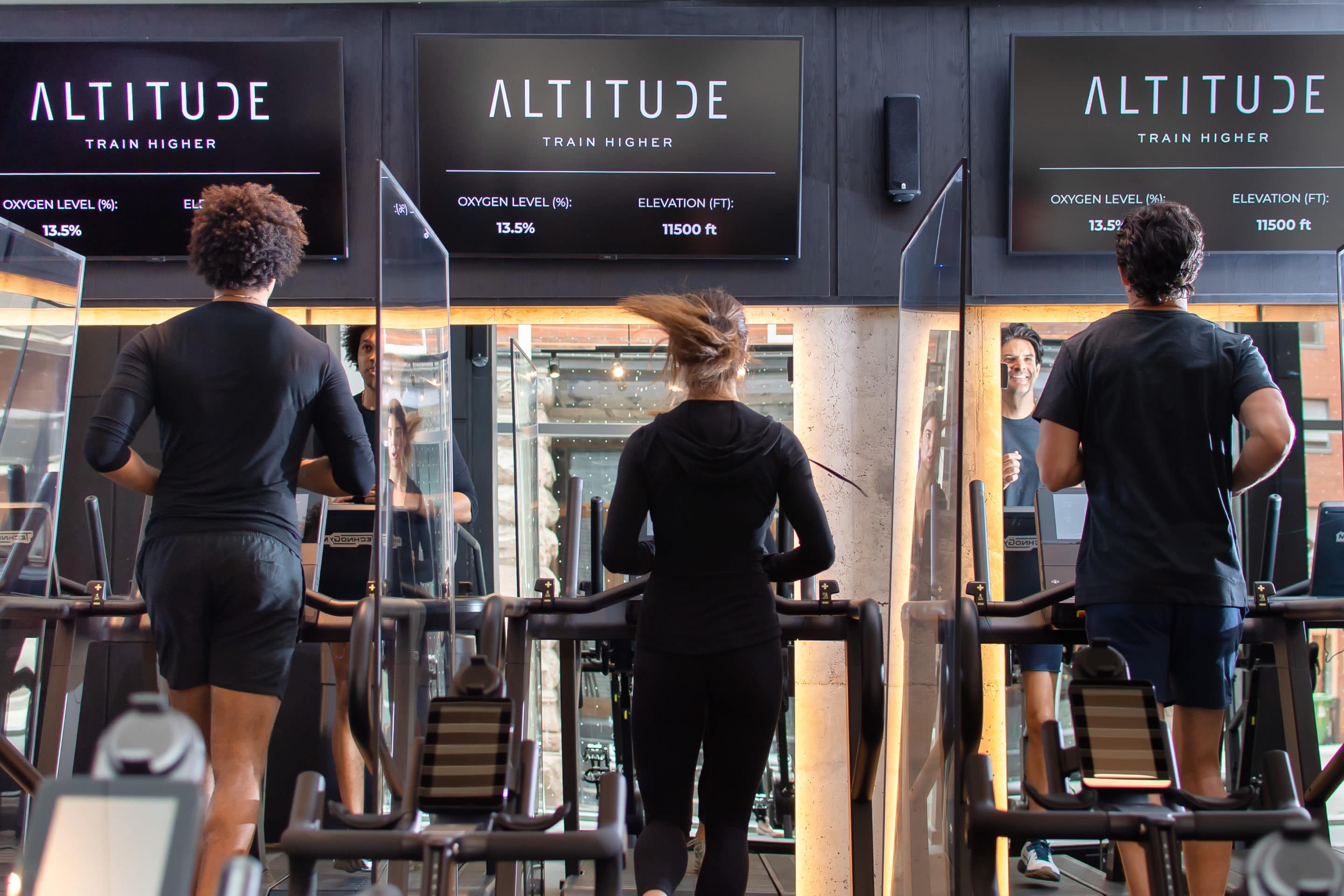
AN ALTERNATIVE SOLUTION
So, how can we trigger the benefits of altitude training closer to home? A good solution is simulated altitude training. Simulated altitude training involves exercising in or simply inhaling the oxygen-reduced air that you find at high altitudes. Simulated altitude is created by decreasing the percentage of oxygen in the air (normal atmospheric air consists of 20.9% oxygen).
There are different ways you can do it. For example, you can purchase a hypoxic training mask (NOT the altitude masks that just restrict air intake) for stationary exercise. You can place a hypoxic tent over your bed to get the benefits of longer term passive exposure. Or you can train mask-free in a simulated altitude gym – like what we offer here at Altitude Athletic Training. Read more about the science and benefits of the different types of altitude training and exposures here.
And if you’re wondering what to expect from a pricing perspective, in most cases you will most certainly be paying less for simulated altitude training at home than the altitude camp comparison. For instance, a three month membership at Altitude with personalized fitness programming, unlimited facility access and fitness testing will cost you $400 CAD per month. Check out the membership details here. This would be a great (and more cost effective) alternative for those of us who don’t quite have the funds (or time) to jet off for a run in the mountains.


